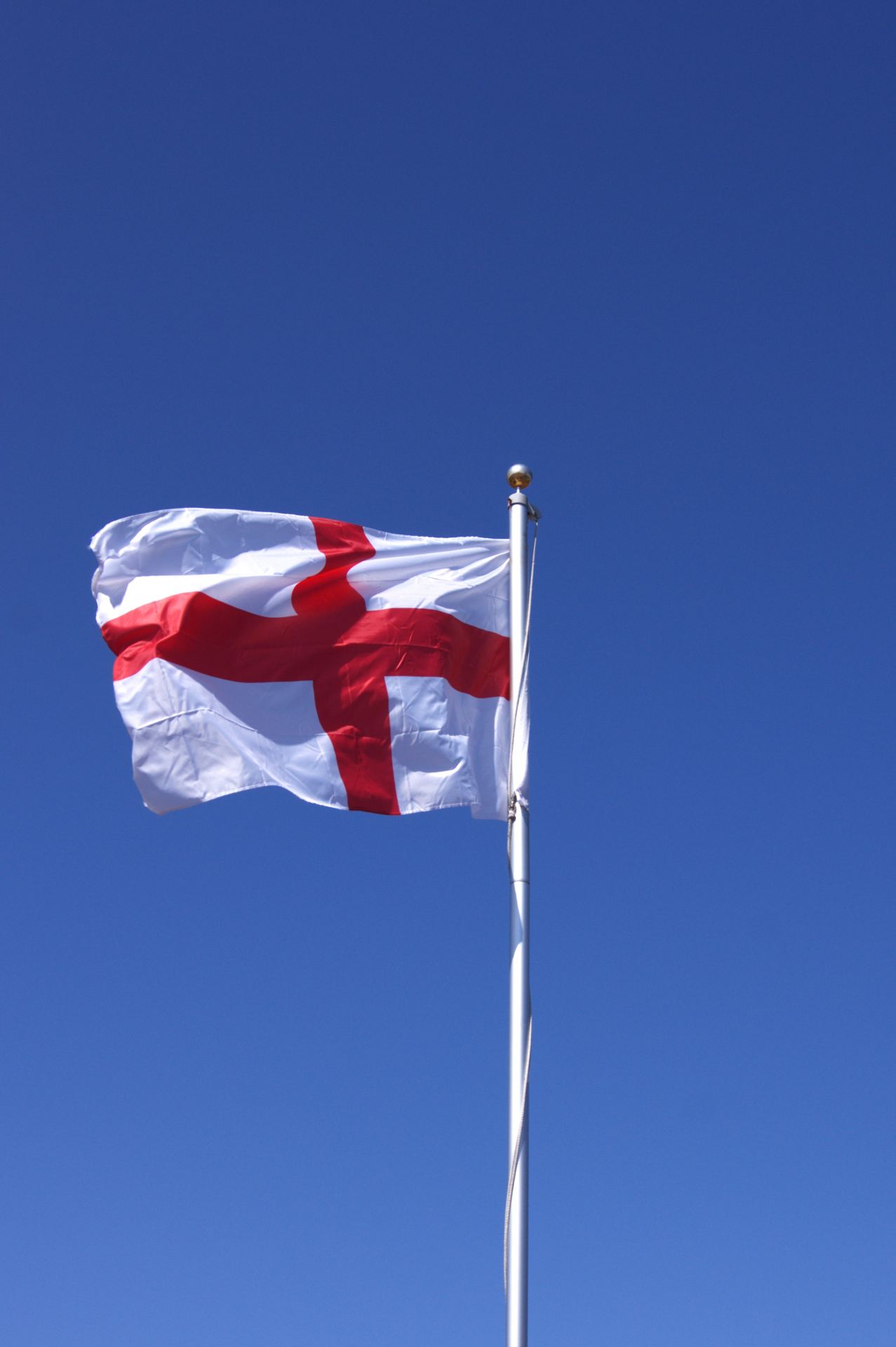Hi everyone my name is Hannah and I'm a third year student studying Biomedical Science. I'll be starting my MSc in Data Science and Applied Analytics next year. Outside of university I've really enjoyed teaching myself to crochet over the…

Celebrated on the 23rd of April St George is the patron saint of England (as well as a lot of other countries like Germany, Portugal and Greece!). The flag of Saint George is actually England’s national flag (the Red Cross with the white background). However who is he? This article aims to give an overview of the who, what, where and why surrounding his sainthood.
What is a saint?
So what is a saint? Patron saints are regarded as special protectors over all areas of life, like countries, causes or occupations. They’re traditionally viewed as symbols of how to live a better life. England, Scotland, Ireland and Wales all have their own different national day named after their patron saint.
The real Saint George
The stories surrounding Saint George are full of myth however it is believed he was born in Cappadocia (now Turkey), in the 3rd century. He became a Roman soldier but protested against Rome’s treatment of Christians and was tortured because of this. Refusing to give up his religious beliefs he was executed. The Roman Emperor’s wife was so impressed by George’s dedication to his faith that she became a Christian too and was unfortunately executed in the same way as George.
Most people associate St George with a dragon. This became popular in the 5th century after a book called The Golden Legend depicted George as saving a town from a dragon saying they only need to put their faith in God. The entire town was then converted to Christianity.
Ironically St George may have never actually stepped foot in England! He was made the patron of the order of the Garter (a special group of knights which still exist today!) by King Edward III all the way back in the 14th century and remains an important symbol of knighthood in this country today. St George then became regarded as the special protector of England, you may see his cross (the English flag) in many ceremonial services like on soldier’s uniforms.
What does Saint George represent?
Today, the story of Saint George symbolises good triumphing over evil, as well as representing those we honour in The Order of the Garter and is traditionally celebrated with parades, church services and Morris dancing.
- Topics
- Holidays



